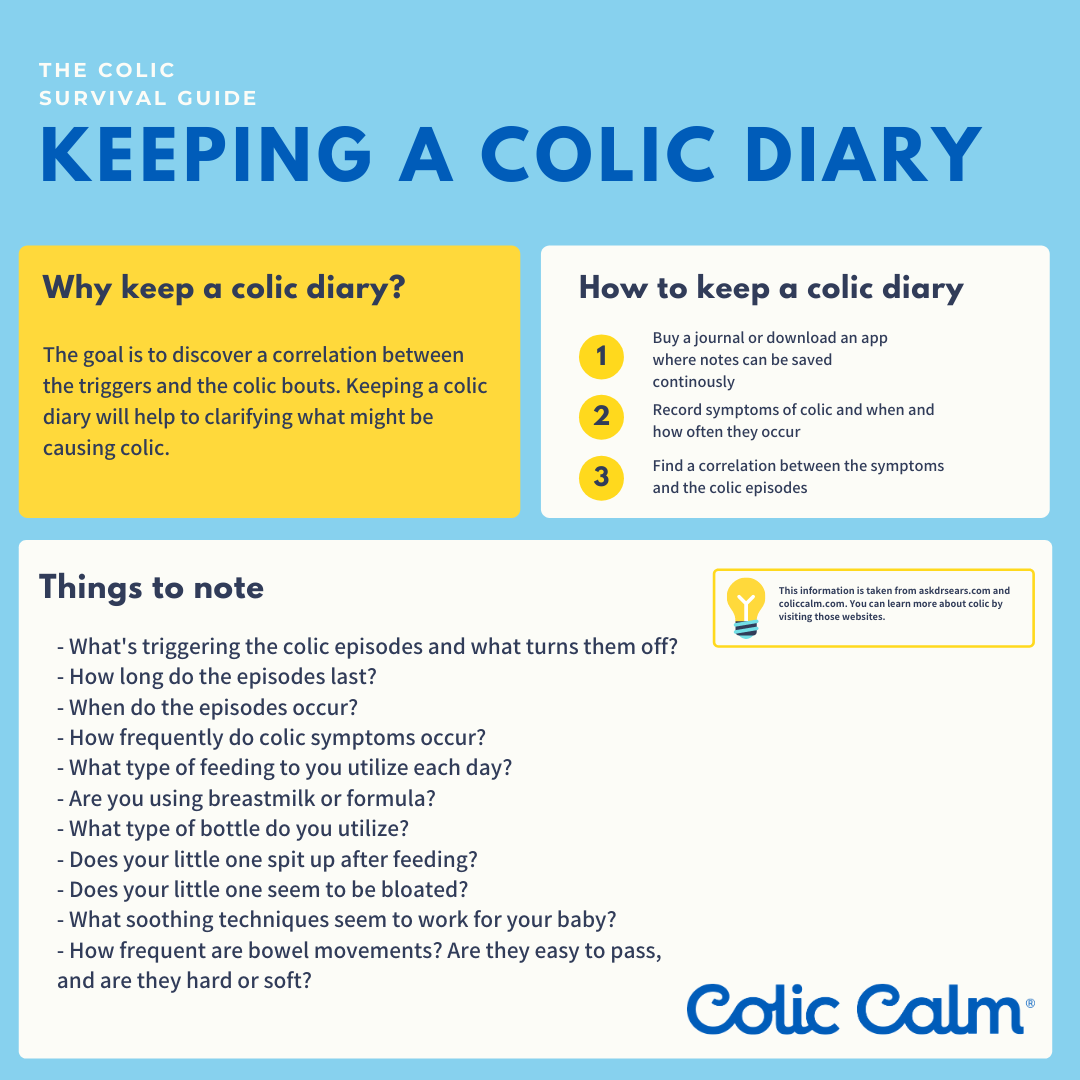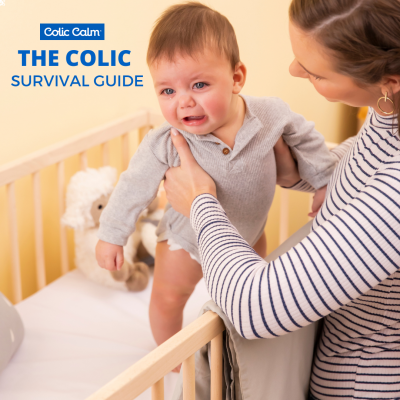Colic or Cow’s Milk Allergy?

It is normal for an infant to cry for around two hours a day. But when your little one is excessively crying, it can be difficult to determine the source of a baby’s crying. Is your baby tired, hungry or sick? Does he or she have colic, or is it a cow’s milk allergy?
Whatever the cause of your child’s digestive woes, there is always a way to help ease their discomfort. In this article, we’ll share with you the differences between Colic and Cow’s Milk Allergy. We’ll also provide several suggestions on how to improve your child’s condition.
Identifying Cow’s Milk Allergy
Cow’s milk allergy is an allergic reaction to one or more of the proteins in cow’s milk. Most infant formulas are made with cow’s milk that is altered to mimic breast milk. Most times, formulas made with cow’s milk work well for infants. But sometimes, babies are allergic to cow’s milk.
Cow’s milk allergy is not to be confused with lactose intolerance or the inability to digest the milk sugar, lactose. Lactose intolerance does not involve the immune system, while a cow’s milk allergy does.
When an infant develops a cow’s milk allergy, the immune system identifies a certain protein as harmful, thus triggering an allergic reaction. Symptoms can begin within minutes or hours after exposure. The symptoms vary from child to child. The symptoms your little one may experience are as follows:
1. Digestive issues
2. Skin problems such as rashes or eczema
3. Breathing problems such as asthma
4. Persistent cough or wheeze
5. Vomiting or diarrhea
Cow’s milk allergy occurs in 2% to 7.5% of all babies and is most common in infants under three. Luckily, around three-quarters of babies grow out of their allergy in early childhood.
Because some symptoms of cow’s milk allergy mimic the symptoms of colic, the two often get confused.
Identifying Colic
No one is quite sure what causes colic. There are many theories as to why babies get colic, but even experts don’t know exactly why some babies get colic while others don’t. A few theories are that colic is caused by food allergies, an underdeveloped digestive system or injury or infection.
What experts DO know is the pattern that colic often follows. Colic is not a disease or disorder. Rather, it’s a combination of behavior.
Colic is a pattern of excessive crying or fussiness, usually in the late afternoon. It usually starts around two weeks of age and is generally resolved by 12 weeks. Pediatricians typically use the “Rule of Threes” to identify colic. The “Rule of Threes” is as follows:
1. Inconsolable crying for three hours per day
2. Inconsolable crying three times a week
3. Inconsolable crying for at least three weeks
Colic symptoms can range from vigorous crying to disrupted sleep patterns. Gas and abdominal bloating can also be symptoms of colic. Colicky babies typically pull their legs up to their stomachs, arch their backs and stiffen their limbs.
It may provide you peace of mind to know that colic is common, affecting as many as 40% of babies. By three months of age, most babies are cured.
Differentiating Colic and Cow’s Milk Allergy
It’s significant to remember that cow’s milk allergy can often mimic colic. But, if your little one is experiencing symptoms in addition to colic symptoms, such as vomiting, diarrhea or skin problems, it could be an indication of a cow’s milk allergy. Having fevers, rashes, a nagging cough or trouble eating can also be symptoms of a cow’s milk allergy.
If the answer is still unclear, you may want to consider swapping your child’s cow’s milk protein-based formula for a soy-based formula. If your child’s symptoms are cured upon the switch of formula type, you know it’s a cow’s milk allergy. If symptoms still occur, it’s most likely colic.
Keeping a Diary
In order to determine what and when symptoms occur, it is useful to keep a diary. Be sure to record symptoms for three weeks for the best results.
Track which foods your baby is eating and when he or she is eating them. Note when symptoms occur. Bring the diary to an appointment with your pediatrician so that the cause and effects are easily identified.
Utilize our “Keeping a Colic Diary” graphic below to see more about how to keep a detailed look at the symptoms your little one is experiencing.

The Bottom Line
To summarize, colic is far more prevalent among little ones than cow’s milk allergy. Still, colic can be a symptom of a milk allergy in your little one. Colic can usually be identified by using the “Rule of Threes”. Additional symptoms, such as fevers and rashes, can signify a milk allergy. Be sure to consult your pediatrician for further advice and consideration to determine if your baby might have a cow’s milk allergy.
 Canada
Canada South Africa
South Africa UK
UK EU & Int
EU & Int Ireland
Ireland Australia
Australia Brazil
Brazil New Zealand
New Zealand


















Comments